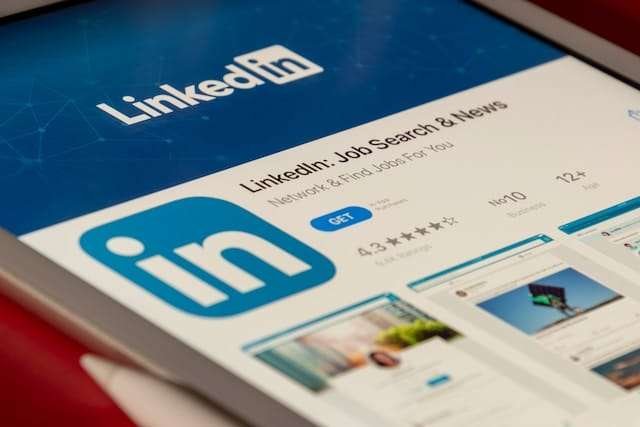In today’s fast-paced digital landscape, networking has transcended traditional boundaries, and LinkedIn has emerged as a pivotal platform for professionals to connect, share insights, and explore a plethora of opportunities. Within this evolving context, the utilization of LinkedIn Automation tools has gained prominence, revolutionizing the way professionals interact and network. This article delves deeper into the manifold advantages of harnessing the power of LinkedIn automation to enhance networking endeavors.
Understanding Automation of LinkedIn:
LinkedIn Automation, in essence, entails employing specialized software tools to automate specific tasks and interactions within the LinkedIn ecosystem. These tools empower users to streamline the process of connecting with potential clients, collaborative partners, and colleagues. By automating these interactions, professionals can allocate their time and energy more efficiently, focusing on meaningful engagements.
Efficiency in Connection Building:
Among the most compelling benefits of embracing automation is its capacity to expedite and optimize the process of building connections. Instead of manually sending individual connection requests, automation tools empower users to send personalized invitations to a targeted and relevant audience. This automation saves invaluable time and ensures that each connection request is tailored to resonate with the recipient’s professional interests and aspirations.
Effective Outreach Campaigns:
LinkedIn Automation facilitates the creation of well-structured and highly targeted outreach campaigns. These campaigns can be meticulously tailored to specific industries, job roles, or geographical locations. By automating personalized connection requests and messages, professionals can significantly enhance their chances of receiving positive responses. This tailored approach fosters a sense of authenticity and increases the likelihood of forging mutually beneficial connections.
Consistent Engagement:
Sustaining engagement within your professional network is a cornerstone of successful networking. However, maintaining consistent interaction amidst a busy schedule can be a challenge. And this is where automation for LinkedIn steps in. LinkedIn Automation tools empower users to schedule and automate posts, comments, and likes, ensuring that their profile remains active and engaged even during periods of high workload. It boosts visibility and portrays dedication and commitment to staying connected.
Time Management:
Time management is paramount for professionals, including content writers, who juggle various responsibilities. LinkedIn Automation tools serve as a strategic asset, enabling users to optimize their networking efforts by automating routine tasks. With these tools in place, professionals can allocate more time to their core responsibilities, such as crafting high-quality content while maintaining an active and vibrant LinkedIn presence.
Data-Driven Insights:
In the era of data-driven decision-making, automation tools provide a valuable advantage by offering comprehensive analytics features. These features furnish users with insights into the performance of their outreach campaigns. Metrics such as connection acceptance rates, response rates to messages, and engagement with posts offer valuable feedback that can be leveraged to refine networking strategies. This analytical approach transforms networking into a strategic endeavor guided by measurable outcomes.
Personalization at Scale:
Contrary to misconceptions, automation does not equate to sacrificing personalization. In fact, automation tools that are thoughtfully designed enable users to infuse a personalized touch into their interactions. By allowing customization of connection requests and messages, professionals can ensure that each interaction resonates with the recipient on a personal level. This personal touch adds depth to connections and contributes to the establishment of genuine relationships.
Navigating Connection Requests:
As a professional’s network expands, managing an ever-growing list of connection requests can become challenging. Automation tools mitigate this challenge by enabling users to categorize and prioritize incoming requests. This strategic organization ensures that professionals invest their time and attention in connections that hold the greatest potential for collaboration, knowledge sharing, and career advancement.
Overcoming Limitations:
While the automation of LinkedIn offers a spectrum of advantages, it’s imperative to remain mindful of potential limitations. The platform’s algorithms and policies are subject to evolution, and excessive or misaligned automation can lead to account restrictions. Striking a balance between automation and authentic human interaction is vital. Users must exercise prudence and keep abreast of LinkedIn’s terms of use to avoid unintended consequences.
Ethical Considerations:
Maintaining ethical practices within the realm of automation is non-negotiable. Automated messages must consistently provide value and relevance to recipients, avoiding any perception of spam. Authenticity should remain the cornerstone of networking efforts, with automation serving as a tool to enhance, rather than compromise, genuine interactions.
Selecting the Right Automation Tool:
Choosing the appropriate automation tool is a pivotal decision that warrants careful consideration. It’s essential to opt for tools that align with specific networking goals, offer reliable customer support, and adhere to LinkedIn’s terms of use. Thorough research and informed decision-making are key to harnessing the full potential of automation tools while maintaining a professional reputation.
LinkedIn automation has emerged as a transformative asset for professionals seeking to optimize their networking endeavors. By harnessing the capabilities of automation tools, individuals can streamline connection-building, engagement strategies, and outreach campaigns. However, a delicate equilibrium between automation and authenticity must be maintained to ensure networking remains purposeful and ethical.









